Emperor (皇帝), is the title of the supreme ruler in ancient China. The emperor not only has the highest rights, but also enjoys the highest treatment. The emperor's clothing, food, housing, and transportation are also of the highest standard. There are hundreds of people who prepare daily meals for the emperor. In terms of clothes, a Dragon Robe is a collection of national crafts.
We often see the Dragon Robe of the emperor in the film and television works and ancient paintings, which can be called a work of art. It is embroidered with a dragon pattern, very gorgeous, and has many exquisite decorative patterns. Today we would introduce these patterns with Chinese traditional cultural Hanfu characteristics: Zhangwen (章纹).
What is Twelve Zhangwen in the Dragon Robe
Twelve Zhangwen (十二章纹) is the dress grade mark of the Chinese imperial age. There are 12 kinds of patterns embroidered on the dresses of emperors and senior officials: sun (日), moon (月), stars (星辰), mountains (山), dragons (龍), Hua Chong (華蟲, sometimes divided into flower and bird parts), Zongyi (宗彝, the wine vessel used for sacrifice in the temple), algae (藻), fire (火), rice (粉米), Fu(黼, axe pattern embroidered on the ancient dress), Fú (黻, black and green patterns on ancient dresses).
Detailed Introduction of Twelve Zhangwen
- Sun, moon, and stars: in ancient times, people believed that the sun, the moon and thestars had the meaning of dominating everything in the universe, so the sun, the moon and the stars are given a very important significance. The sun is usually painted on the left shoulder of the coat, and there are Jinwu (金乌, one of the sacred birds in ancient Chinese myths and legends) patterns in the sun; the moon is on the right shoulder. Jade toads (玉蟾) or white rabbits are usually painted in the moon, means "shoulder the sun and the moon"; under the sun and the moon, the stars are drawn on the back under the back collar, and several small circles are connected by lines to represent the stars.
- Mountain, take its sedate, calm meaning; used in clothing has the meaning of national eternal, the mountain is generally drawn on top of the coat.
Dragon (龍), take its supernatural and changeable meaning; the dragon is the symbol of the sacred in ancient China, which is mysterious.
- Hua Chong (華蟲), in fact, it is a kind of bird, commonly known as pheasant, with gorgeous feathers, which means that the king has literary talent. Due to the high purity of the pheasant, it is usually embroidered on the shoulder of the coat to the outside of the sleeve.
- Zongyi (宗彝), the meaning of worship and filial piety. There are two explanations for it, one is that it is a sacrificial instrument in the temple. Later, a tiger and an ape are drawn on the sacrificial instrument. The tiger is a symbol of ferocity, while the ape represents intelligence and wisdom; another view is to express a sense of loyalty and filial piety.
- Algae (藻), take its clean meaning; in the folk, algae is often used to refer to gorgeous decoration, also has the meaning of clean, so it is often painted on the lower garment.
- Rice, embroidering this pattern on the clothes mainly reminds the emperor to pay attention to nourishing all living beings.
- Fire, taking its bright meaning, also has the auspicious meaning of vigorous upward.
- Fu (黼) means to be decisive. In fact, it is the axe, no doubt to increase the solemnity and steadiness of the dress.
- Fú (黻), a strange pattern with black and green "亚" shape, expresses the meaning of distinguishing right from wrong.
The origin of the twelve chapter pattern can be traced back to the reign of Emperor Shun, and it is used in later generations. The twelve chapter pattern contains the supreme virtue of the emperor, symbolizing that the emperor is the master of the country. In the Zhou Dynasty, Zhou gongdan (周公旦, founder of Confucianism at the end of Shang Dynasty and the beginning of Zhou Dynasty) established a system, which stipulated that the three patterns of the sun, the moon, and the stars should be painted on the flag, and only nine patterns should be left on the clothes.
Later, Emperor Qinshihuang (秦始皇, the first monarch in Chinese history to use the title of "emperor") abolished the system of Zhang Wen, and the ceremonial dresses were all pure black, which was called "Jun Xuan (袀玄)". It was not until the Eastern Han Dynasty that the twelve chapter pattern was restored again, after that, it became the uniform system of emperors.
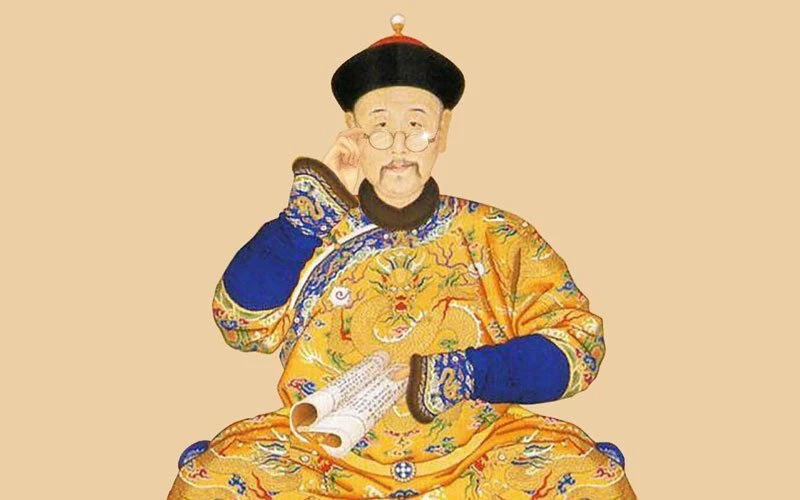
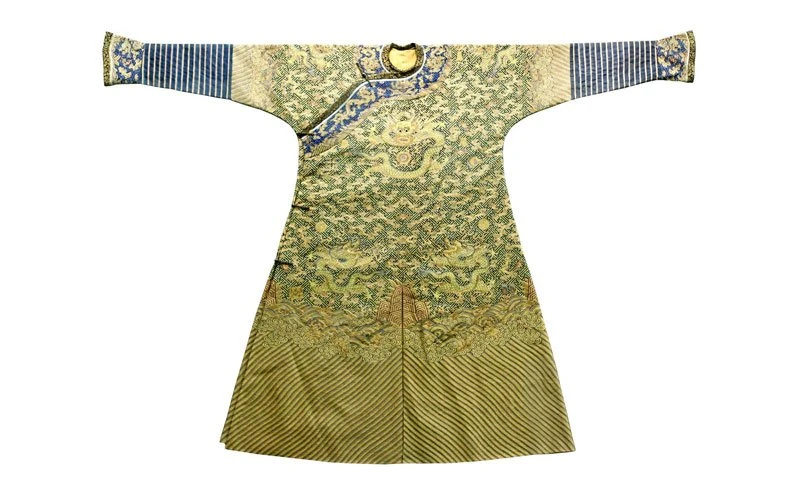
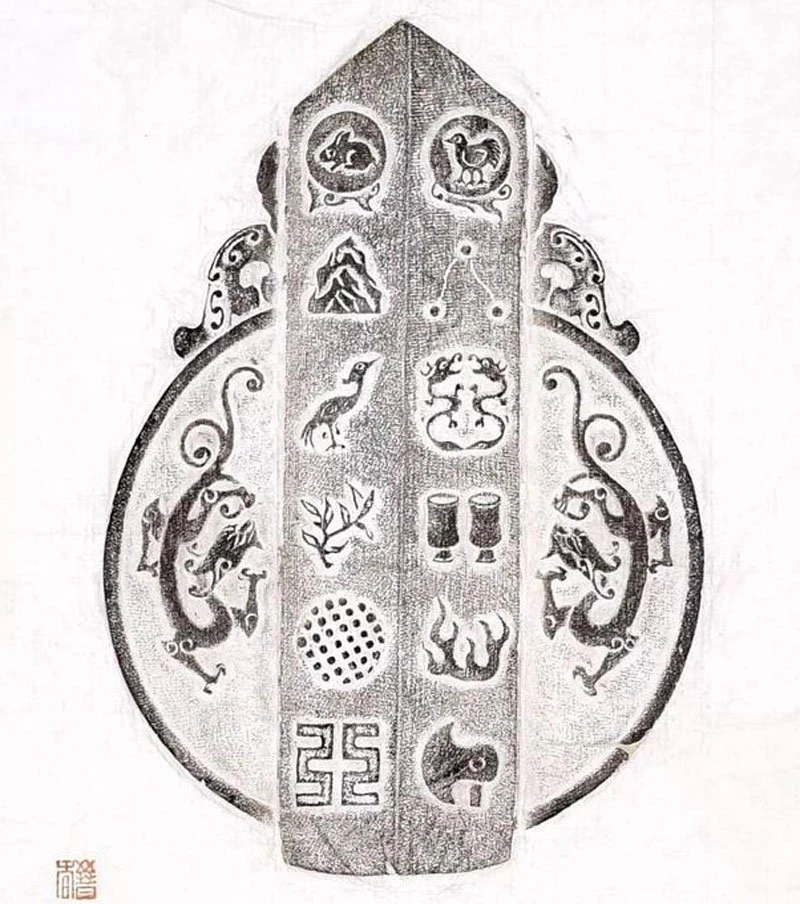
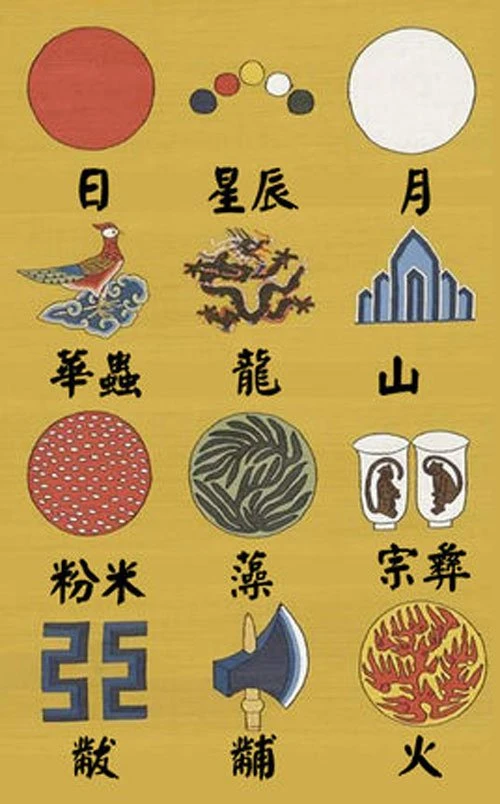 Dragon (龍), take its supernatural and changeable meaning; the dragon is the symbol of the sacred in ancient China, which is mysterious.
Dragon (龍), take its supernatural and changeable meaning; the dragon is the symbol of the sacred in ancient China, which is mysterious.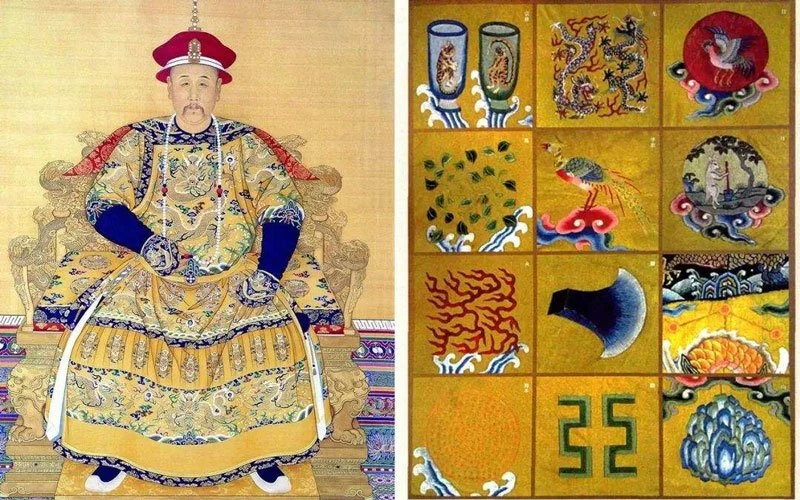
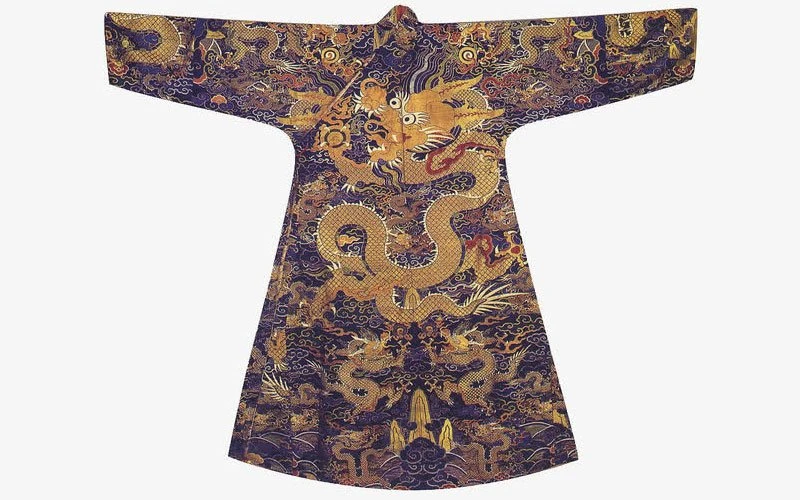
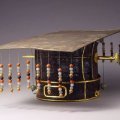
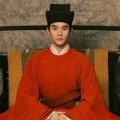

Thank you! As a design student, these symbolisms are priceless!
😍😍😍
Menjadi kaisar itu sangat istemewa, apakah kaisar itu diangkat atau merupakan keturunan ?
Sama seperti kebanyakan kerajaan dunia, diturunkan, dong 😆
Asal muasalnya terbentuk sebuah kerajaan, Dari nenek moyang dahulu bagaimana diatur. Itu maksudku🤭
Oalah... Ada saja, lah... Mulai dari kepala suku di zaman purba, menghimpun orang dari berbagai negeri, akhirnya menjadi kerajaan, lalu ada pemberontakan atau invasi... Bla bla bla 😂
Pada zaman dulu memakai sistem kerajaan, sama seperti di Indonesia dulu. Tapi sekarang sudah tidak ada
Masih ada satu di Indonesia, Daerah Istimewa Yogyakarta ✨ walaupun nggak seberdaulat dulu...
Iyakah diyogyakarta masih ada ? Kakak tinggal dimana tau Yogyakarta ?
Saya di Cirebon, tapi ada keluarga di Yogyakarta. Kesultanan Yogyakarta kan termasuk kerajaan, dengan raja/sultannya Sri Sultan Hamengku Buwono X.
Karena itu disebut Daerah Istimewa Yogyakarta... Kurang lebih seperti Inggris dengan Keluarga Kerajaannya